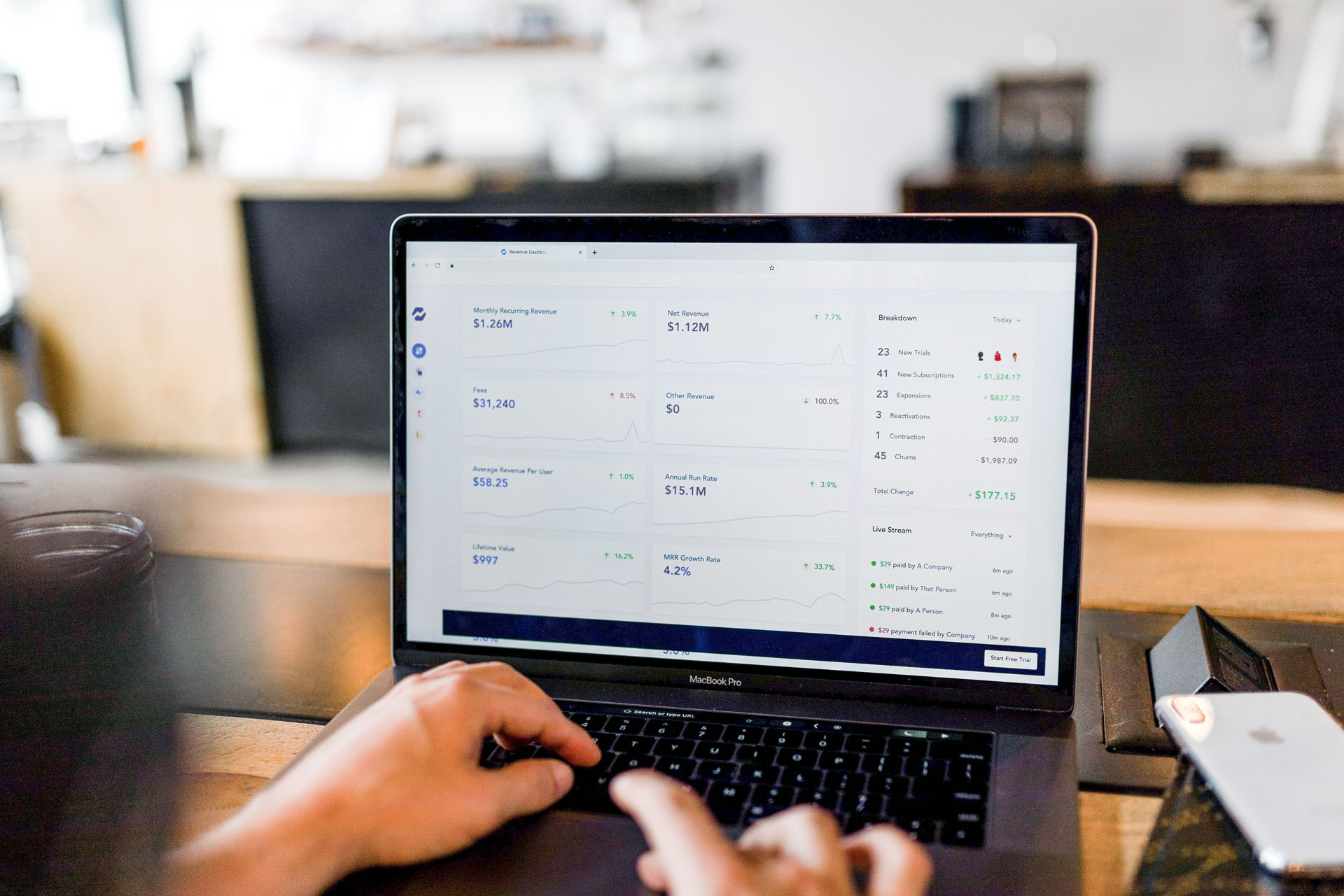Harnessing Live Video to Elevate Your Marketing Strategy
Marketing in today’s fast-paced digital world is both a challenge and an opportunity. With the right tools and strategies, businesses can effectively reach their target audience and drive sales. However, as consumer behaviour evolves, marketing has become increasingly technology-driven. Companies at the forefront of technological adoption tend to gain the most exposure and generate the highest revenue.
Table of contents
- Why technology-driven marketing is essential
- Why businesses must embrace technological advancements in marketing
- Video conferencing: Expanding the scope of live video
- What are the common drawbacks and challenges?
- Leveraging Digital Samba’s video conferencing API & SDK
Why technology-driven marketing is essential
The digital revolution has reshaped marketing strategies, altering the way businesses communicate with their audiences. Traditional marketing methods, while still relevant, are no longer enough to sustain a competitive edge in today’s landscape. Consumers now expect instant access to information, personalised content, and engaging experiences—all of which can be delivered through technology-driven marketing.
A 2024 report by HubSpot found that 91% of marketers believe video is essential to their brand strategy, and 96% say video has helped their users understand their product or service better. Furthermore, 68% of consumers prefer watching a video about a product rather than reading an article about it, demonstrating the growing influence of video content in purchase decisions.
Why businesses must embrace technological advancements in marketing
-
Increased reach and visibility: Technology, particularly digital marketing tools, enables businesses to reach global audiences instantly. With features like social media integration, email marketing automation, and SEO optimisation, brands can enhance their visibility across multiple platforms. Additionally, targeted advertising powered by AI ensures that marketing campaigns reach the right audience at the right time, increasing engagement and conversion rates. By leveraging marketing report templates, businesses can gain valuable insights into consumer behavior and campaign effectiveness.
-
Data-driven insights: The use of artificial intelligence (AI) and machine learning in marketing allows businesses to analyse consumer behaviour, track engagement metrics, and refine marketing strategies in real time. This results in more effective targeting, higher conversion rates, and better ROI. Predictive analytics also plays a crucial role in forecasting customer trends and optimising marketing efforts for maximum impact.
-
Personalisation at scale: Consumers now expect brands to tailor their experiences based on preferences. AI-powered marketing tools can deliver customised content, product recommendations, and interactive ads, ensuring a more engaging experience for users. Dynamic email campaigns, AI-driven chatbots, and behaviour-based website content are examples of how businesses can personalise their marketing strategies to increase customer retention and satisfaction.
-
Enhanced customer engagement: Interactive technologies such as live video streaming, webinars, and virtual events enable brands to establish direct connections with their audience. Engagement tools like Q&A sessions, polls, and live chat increase participation and build stronger relationships between brands and consumers. Additionally, augmented reality (AR) and virtual reality (VR) are transforming customer experiences by offering immersive, interactive marketing solutions that captivate audiences and drive brand loyalty.
-
Cost efficiency and automation: Automation has revolutionised digital marketing by streamlining repetitive tasks, reducing human error, and increasing overall efficiency. Marketing automation platforms enable businesses to schedule campaigns, manage customer interactions, and analyse performance data seamlessly. This not only saves time but also reduces costs, allowing businesses to allocate resources more effectively.
Video conferencing: Expanding the scope of live video
Beyond webinars, video conferencing has become an indispensable tool for businesses looking to strengthen communication, collaboration, and customer engagement. In a world where remote work, virtual meetings, and digital events have become the norm, high-quality video conferencing solutions are a necessity, not a luxury.
-
Seamless internal communication: Video conferencing allows teams to collaborate effectively, regardless of location. Features like screen sharing, virtual whiteboards, and real-time document collaboration enhance productivity and decision-making.
-
Stronger customer relationships: Businesses can engage directly with clients, providing personalised consultations, product demonstrations, and customer support in real-time. Face-to-face interaction builds trust and enhances customer experience, making them more likely to convert.
-
Scalability for events and training: Video conferencing is widely used for large-scale corporate training, industry conferences, and networking events, enabling companies to connect with global audiences cost-effectively.
-
Security and compliance: With the rise of cyber threats, you must protect your sensitive data and choose secure video conferencing solutions that offer end-to-end encryption and GDPR compliance to protect sensitive data.
What are the common drawbacks and challenges?
Despite its many advantages, live video and video conferencing present certain challenges that businesses must address to ensure successful implementation.
-
Technical difficulties: Poor internet connections, incompatible software, or hardware malfunctions can disrupt live video sessions. Investing in reliable infrastructure and providing technical support is essential to maintaining a smooth experience.
-
Audience engagement and retention: Keeping audiences engaged throughout a live video session requires interactive elements. Long, monotonous webinars or meetings may lead to drop-offs, so incorporating Q&A, polls, and interactive discussions is crucial.
-
Security concerns: With cyber threats on the rise, businesses must ensure that their video conferencing solutions comply with data protection laws such as GDPR. Choosing a provider that offers end-to-end encryption and secure access controls helps mitigate security risks.
-
Content creation and preparation: Hosting an effective live session requires extensive preparation, from creating engaging presentations to rehearsing for seamless delivery. Investing time in content strategy and training presenters improves the overall experience.
-
Time zone and scheduling challenges: For businesses with a global audience, scheduling live video sessions that accommodate different time zones can be difficult. Offering on-demand recordings of live sessions allows audiences to access content at their convenience.
Leveraging Digital Samba’s video conferencing API & SDK
To truly harness the power of live video and video conferencing, businesses need a reliable, customisable, and secure platform. Digital Samba Embedded offers unparalleled flexibility and control, allowing companies to embed high-quality video solutions directly into their websites and applications.
With features like custom branding, robust security, and real-time interactive tools, Digital Samba enables businesses to host seamless, engaging, and professional video conferencing experiences tailored to their needs. Whether for sales meetings, training sessions, or large-scale webinars, integrating Digital Samba’s solution ensures a superior virtual communication experience.
As marketing continues to evolve, businesses that embrace digital transformation and leverage technology-driven marketing strategies will be the ones to thrive in the competitive landscape.
Photo by Jacob Lund from Noun Project
Share this
You May Also Like
These Related Stories

Starting a Profitable White-Label Software Reselling Business
(3).png)
Designing Accessible Video Conferencing Tools

